Hey,
Some Updates: I tried it by myself and failed... okay, but i got some informations.
I found the CPU Microcodes for the CPUs in the BIOS of the X6QT8 Quad Socket Mainboard (i used MMTool for that..)
I copied and opened them with a HEX editior, together with the CPU file of the X6DA3-G2 which i wanted to edit...
After pasting and putting it in the right place i flashed the new bios... but no boot. It was my first try, so i dont care... i'll order a new bioschip 2morrow, no problem.
The good thing: After screwing up the BIOS, the board shows now with the little Nocona the same behaviour like with the Tulsas. So microcode missing -> LED off, CPU stays cold, no picture.
I think i screwed up the BIOS during pasting the microcodes for Tulsa. Please help!




 Reply With Quote
Reply With Quote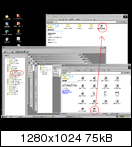
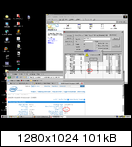
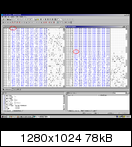
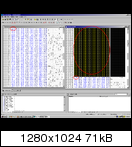
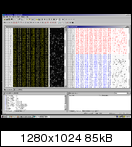
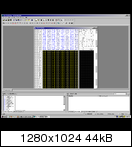
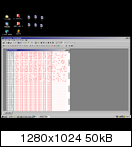
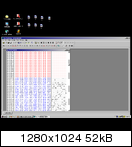
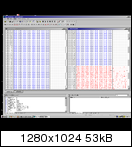
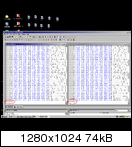
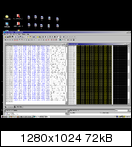
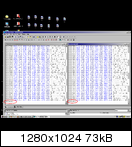
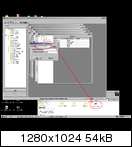
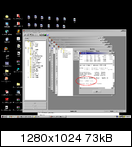

 -15/07/1985
-15/07/1985



Bookmarks